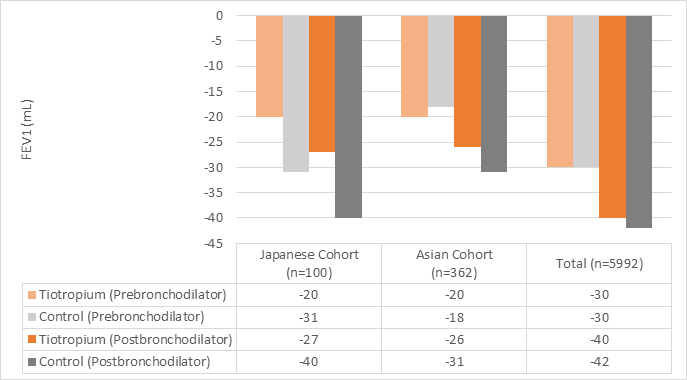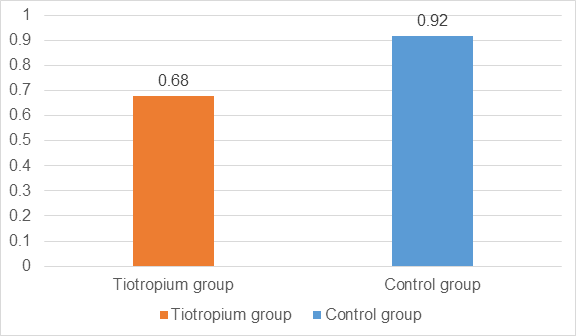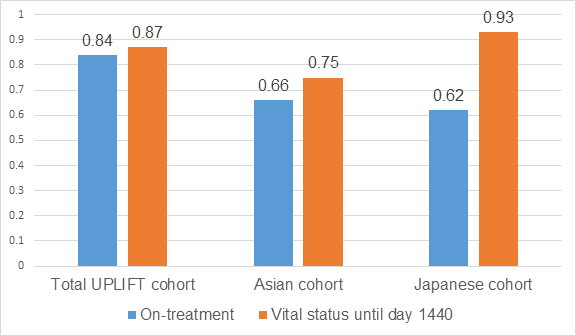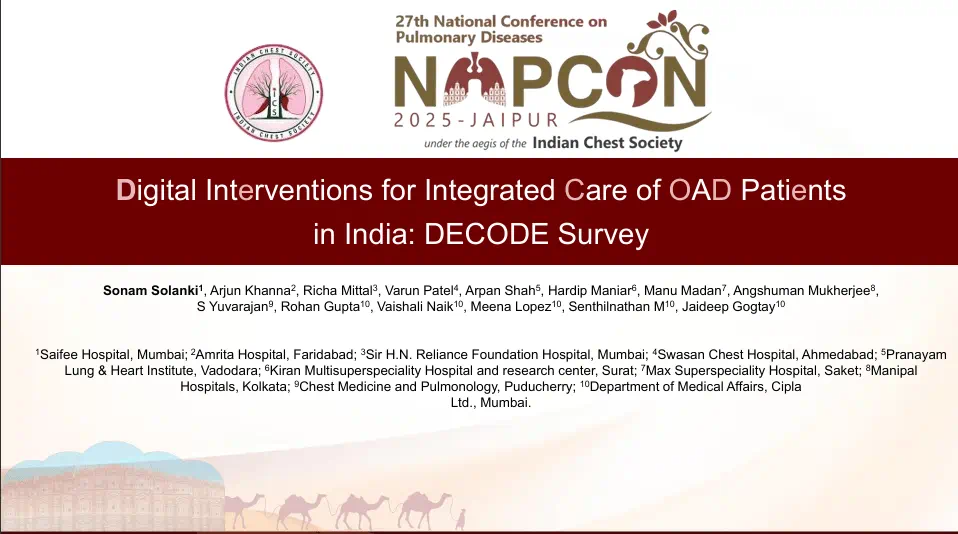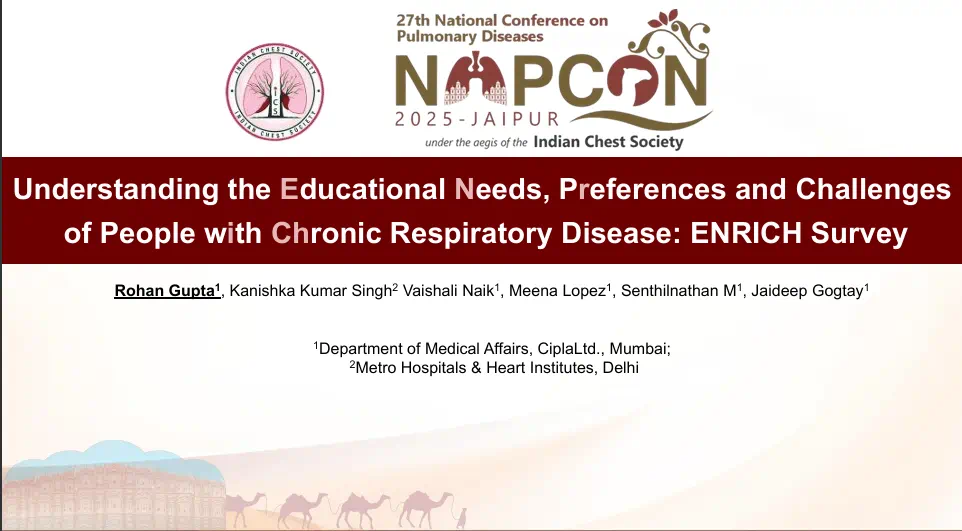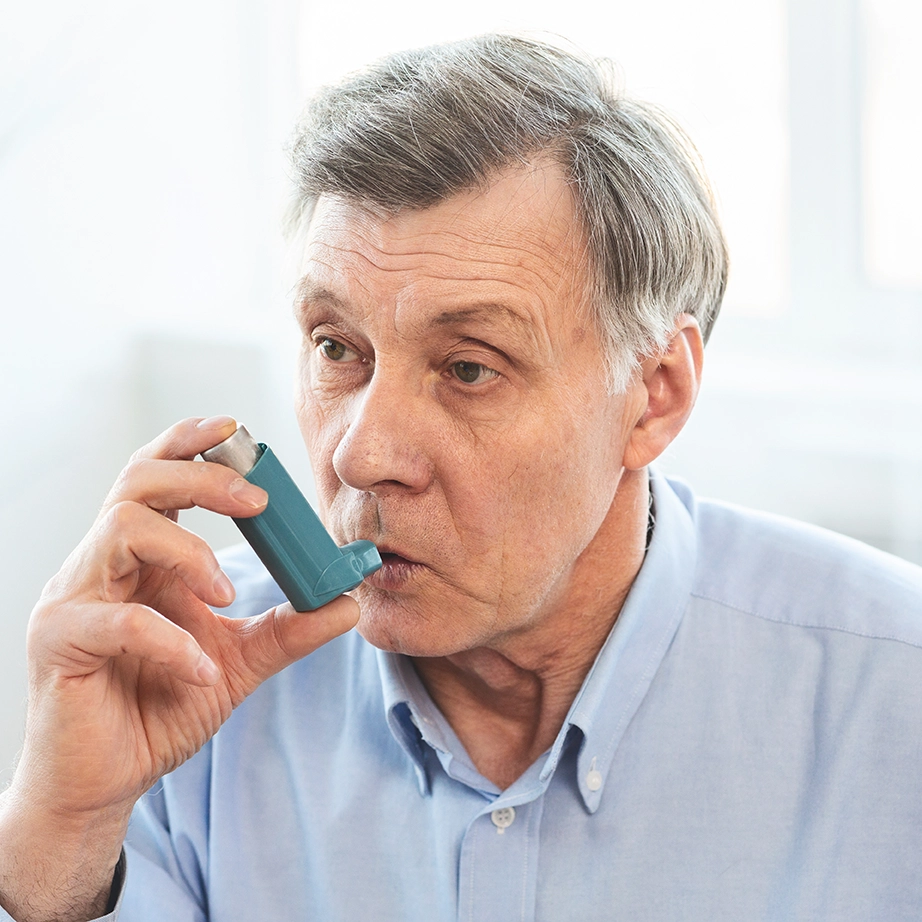Tiotropium Associated with Improved Lung Function in Asian Patients with COPD - UPLIFT Subgroup Analysis
Introduction
Chronic obstructive pulmonary disease (COPD) is the leading cause of mortality and morbidity globally. However, the incidence of mortality and disability is significantly higher in the Asian countries as compared to the Western countries. The international guidelines for COPD does not differentiate the treatment regimens based on the cultural differences. Tiotropium, a once-daily, long-acting anticholinergic has been shown to be effective in Asian COPD patients in short term trials. There is paucity of long term data especially in the Asian population. Understanding Potential Long-term Impacts on Function with Tiotropium (UPLIFT) was a 4-year international study that evaluated the efficacy of Tiotropium in COPD patients from 30 countries around the world. A subanalysis of data from this trial was conducted on Asian patients.
Aim
To assess the long-term outcome of Tiotropium in COPD patients from Asia.
Methods
Study design
- Randomized, double-blind, placebo-controlled trial
- The treatment group received 18 µg of Tiotropium daily
Patient inclusion
- Out of the total 5992 COPD patients from the UPLIFT trial, the subanalysis recruited 362 from Asian countries, out of which 100 were from Japan alone
- Age >40 years
- Smoking history of >10 pack-years
- Post bronchodilator FEV1<70%
- Predicted and post-bronchodilator FEV1/FVC<70%
Exclusion criteria
- COPD exacerbations or respiratory infections within 4 weeks before screening
- History of asthma
- Prior pulmonary resection or use of supplemental oxygen for >12hr/day
Endpoints
Primary endpoint
- Rate of decline in FEV1
Secondary endpoints
- Spirometry at individual end-points
- Health-related quality of life using St George’s Respiratory Questionnaire (SGRQ)
- Exacerbations
- Mortality
Results
- The Asian cohort included 95% men with mean age of 66 years, 13% smokers, BMI of 21 kg/m2, predicted post-bronchodilator FEV1 of 44% and total SGRQ score of 44.7 units at baseline.
- There was no significant difference in % predicted pre- and post-bronchodilator FEV1, pre- and post-bronchodilator FCV and GOLD stage (p>0.05) between the Japanese and non-Japanese cohorts
- There were no significant differences in the baseline SGRQ total scores and pack-years of smoking between Asian and non-Asian cohorts (p>0.05)
- There was no significant treatment effect on the rate of decline (mL/year) in FEV1 as shown in figure 1. However, the annualized FEV1 decline was lesser in Asian cohort as compared to the overall cohort.
- The Asian patients showed significant improvement in morning pre-bronchodilator FEV1 and forced vital capacity (p<0.05) as seen in figure 1.
- The number of exacerbations per patient year was significantly reduced to 0.68 with tiotropium as compared to 0.92 in control group in the Asian cohort, with rate ratio of 0.73 as seen in Figure 2.
- The hazard ratios for exacerbations and hospitalized exacerbations for the Asian cohort were 0.81 and 0.85 respectively.
- The comparison of hazard ratios for all-cause mortality in all the cohorts during the treatment period is shown in figure 3.
- There was a significant improvement in the SGRQ scores by 1.5-6.1 units (p<0.05) for months 18, 24, 30 and 36 with tiotropium
- Fatal events occurred in 18.5% of the patients in tiotropium group and in 23.6% of the control group.
Conclusion
- Tiotropium improved the lung function and health-related quality of life in Asian patients with COPD
- Tiotropium reduced the exacerbations over 4 years of treatment
- Tiotropium might be used in Asian patients in accordance with the current international treatment guidelines.
Respirology. 2011 Jul;16(5):825-35. Doi: 10.1111/j.1440-1843.2011.01982.x.


